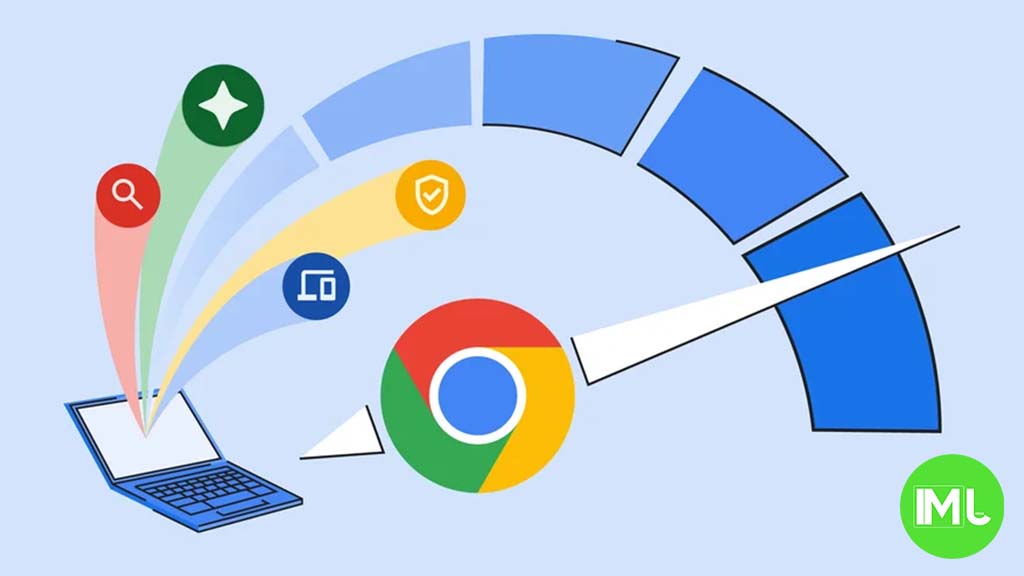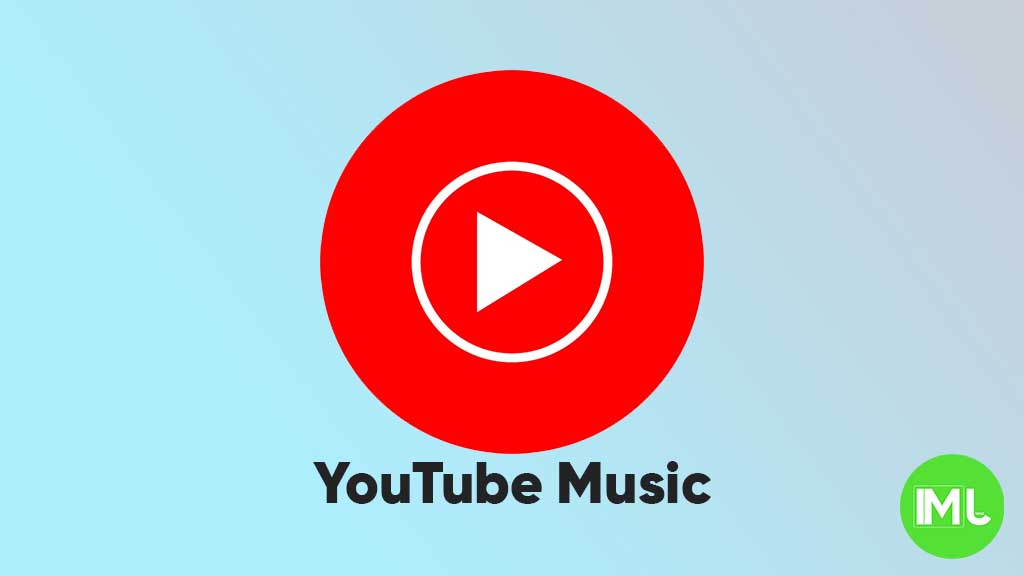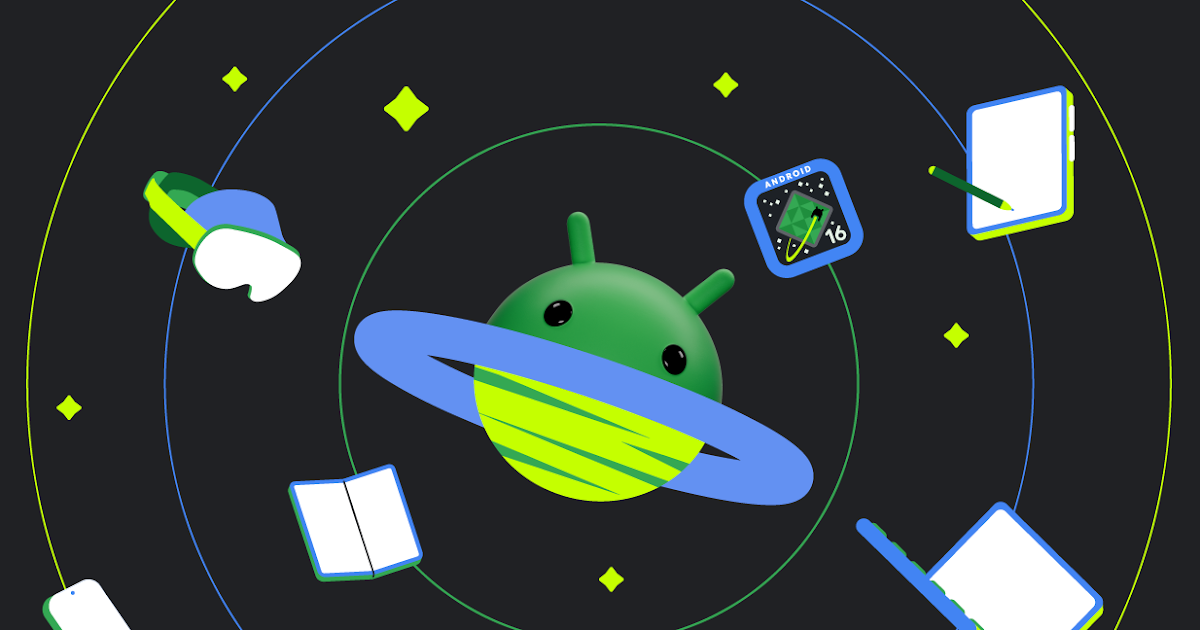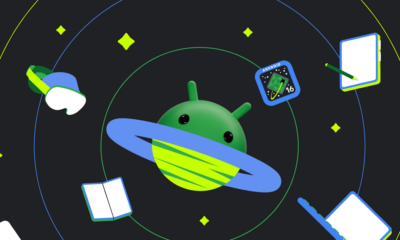Chrome 131 for iOS brings enhanced Google Drive and Maps integrations

Google’s latest update, Chrome 131 for iOS, introduces several new features that enhance integration with popular Google services like Google Drive and Google Maps. These updates aim to make file management and navigation easier for iOS users. Many of these features were already available on Android, but now iOS users can also enjoy these enhancements.
1. Save Files Directly to Google Drive
With Chrome 131, iOS users can now save their downloaded files directly to Google Drive, offering a seamless way to manage files and free up local storage. Here’s how it works:
- When you download a file in Chrome, a “Save” banner appears at the bottom of your screen.
- Tapping this banner gives you the option to save the file either to the iOS Files app or directly to Google Drive.
- If you choose Google Drive, the file will be saved in a folder named “Saved from Chrome”, making it easy to locate later.
This feature offers a convenient solution for users who want to store files in the cloud instead of using their device’s limited storage. It complements an existing feature in Chrome where long-pressing an image gives you the option to “Save in Google Photos”.
2. Enhanced Image Search with Google Lens
Chrome 131 also improves its image search capabilities with Google Lens integration. The update brings a new feature called “Add to Your Search,” which allows users to enhance their visual search queries:
- When you use “Search Image with Google” from the context menu, you can now add text to refine your search.
- This feature helps users perform more complex searches by combining image recognition with text input.
- Additionally, users can access this capability by taking a live photo using the Lens shortcut on the New Tab Page.
This update makes image searches more powerful and versatile, enabling users to find what they are looking for with greater accuracy.
3. New Shopping Insights and Deals Notifications
As the holiday shopping season begins, Chrome 131 introduces a new “Good Deal Now” notification feature to help users find better deals online:
- This feature shows a notification when it detects a good deal on a product you are viewing.
- It provides Shopping Insights, such as price history, allowing users to track price changes and set alerts for specific items.
- Currently, this feature is available in the US for users who have enabled “Make searches and browsing better” in the Chrome settings under Google Services.
- The feature will be rolled out to more regions over the next few months.
With this addition, Chrome aims to enhance the shopping experience by helping users make more informed purchase decisions and find discounts.
4. Improved Google Maps Integration for Quick Navigation
Chrome 131 also enhances its integration with Google Maps, making navigation smoother and quicker:
- Now, when you tap on an address in Chrome, it immediately brings up a bottom sheet with a mini-map view.
- From this mini-map, you can quickly access the “Get Directions” button, making it easier to start navigation without leaving the browser.
- This update eliminates the need to manually open Google Maps or right-click to get directions, streamlining the user experience.
Google is currently testing this feature and plans to roll it out globally in the coming months. iOS users can expect this enhancement to be available on their devices soon.
Conclusion
Chrome 131 for iOS brings valuable updates that enhance user interaction with Google services, making the browser a more integrated and efficient tool for everyday tasks. From saving files directly to Google Drive to refining image searches with Google Lens and receiving timely shopping alerts, these features aim to provide a smoother and more productive browsing experience for iOS users. Keep an eye out for these updates as they roll out globally, adding new ways to simplify your browsing and shopping experience.
YouTube Music adds new feature to keep song volume steady

YouTube Music is rolling out a new feature called “Stable volume” to make your listening experience better. This option helps keep the sound level the same across all songs, so you won’t have to turn the volume up or down when switching tracks.
Sometimes, songs are louder or softer depending on how they were made. This new feature fixes that by adjusting each track so that all music plays at a similar volume. It’s especially useful when you’re using headphones or listening in the car.
You can find this option in the YouTube Music app by going to Settings > Playback & restrictions, where you’ll see a switch for “Stable volume.” It works for both free and Premium users, and it’s now appearing on Android devices (version 7.07 or later). iOS support may come soon, but it’s not available yet.
This is a welcome update, as many streaming apps like Spotify and Apple Music already have similar volume balancing tools. It helps make playlists and albums sound smoother and more enjoyable without constant volume changes.
So far, the feature is being released in stages, so you might not see it right away, but it should show up soon for everyone.
Android
Android 16 beta adds battery health info, Pixel Fold gets better at detecting opens and closes

Google has released the Android 16 Beta 1 update for Pixel phones, and it brings some helpful new features. One of the key additions is battery health information, which is now available in the settings. Pixel users can now see the battery’s manufacturing date, charge cycles, and overall health score. This can help people understand how well their battery is holding up over time. While this feature is currently hidden under developer options, it might be fully added in a future update.
At the same time, Google is also working to improve the Pixel Fold. With Android 16 Beta 1, there’s a new system that better detects when the phone is opened or closed. This new method uses the hinge angle to more accurately understand the device’s position. Unlike older systems that could be affected by software bugs or slow response times, this new one seems to be more reliable and faster.
These changes are important for people who use foldable phones like the Pixel Fold, as better hinge detection can lead to smoother app transitions and fewer bugs. And for all Pixel users, having detailed battery info can help with managing phone performance and deciding when it’s time for a battery replacement.
Overall, Android 16 Beta 1 focuses on giving users more control and smoother experiences, especially for those with foldables.
Android
Android 16 could bring colorful always-on display to Pixel phones

Google is working on Android 16, and it looks like the update could bring more color to the always-on display (AOD) feature on Pixel phones. Right now, the AOD mostly shows white text on a black screen. But a new setting found in the Android 16 Developer Preview hints at the ability to add colors to this display.
The new feature is called “AOD Preview,” and it includes a switch labeled “Color AOD.” While this setting doesn’t work yet, it suggests that Google might be planning to show colorful content even when the screen is in low-power mode.
This change could make AOD look more lively, maybe by adding color to the clock, notifications, or wallpaper. So far, it’s not clear exactly what will change or how customizable it will be, but the feature seems to be in early testing.
Samsung already has more colorful AOD options on its Galaxy devices, so this update could help Pixel phones catch up. Google often introduces new features first on Pixel devices before making them available to other Android phones.
Android 16 is still being developed, and many features are not ready yet. But if Color AOD becomes part of the final release, Pixel users could get a more vibrant and useful always-on display in the near future.
-

 Apps1 year ago
Apps1 year agoGboard Proofread feature will support selected text
-

 News1 year ago
News1 year agoSamsung USA crafting One UI 6.1.1
-

 News1 year ago
News1 year agoBreaking: Samsung Galaxy S22 may get Galaxy AI features
-

 News1 year ago
News1 year agoSamsung Galaxy S23 Ultra with One UI 6.1 and all S24 AI features revealed
-

 News1 year ago
News1 year agoOne UI 6.1 Auracast (Bluetooth LE Audio) feature coming to many Samsung phones
-

 News1 year ago
News1 year agoSatellite SOS feature coming to Google Pixel phones, evidence leaked
-

 Apps11 months ago
Apps11 months agoGoogle’s fancy new Weather app is finally available for more Android phones
-

 News1 year ago
News1 year agoGoogle Pixel evolves as Europe’s third best selling flagship






